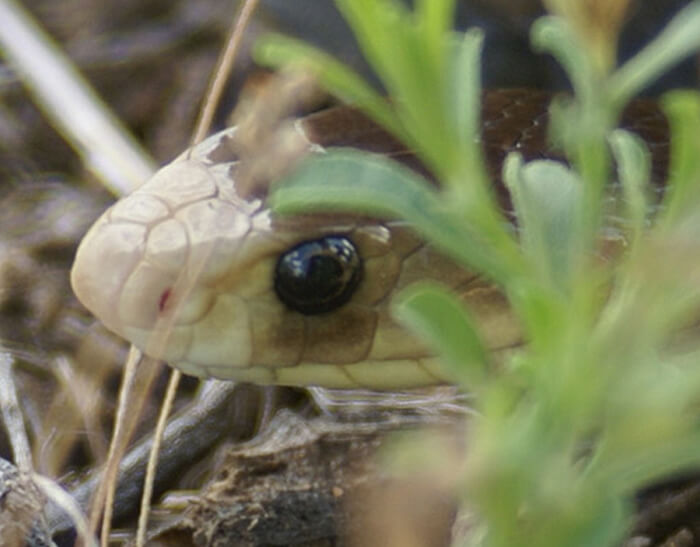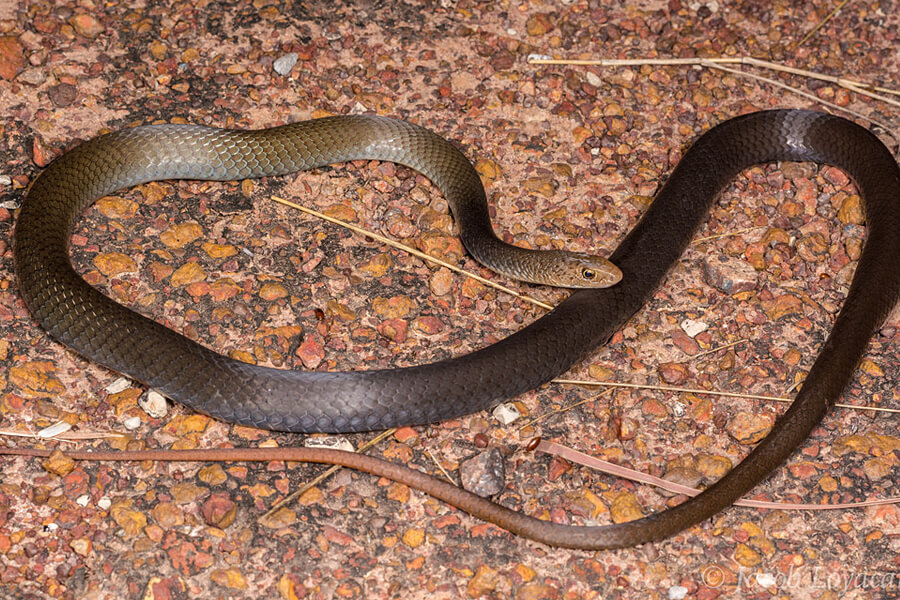Introduction
Tiger serpents (Notechis scutatus) are amongst the most interesting yet been afraid reptiles found in Australia. With their striking appearance and potent poison, these serpents evoke a mixture of awe and caution. Observing tiger serpents in their natural environment can be an exciting experience for nature enthusiasts, wild animals professional photographers, and scientists alike. However, it's crucial to approach this venture with regard for the animal's habitat and an understanding of precaution to prevent snake bites.
In Differences between Australian taipans and brown snakes this thorough overview, we'll check out exactly how to securely observe tiger serpents in their all-natural environment. We will certainly cover subjects ranging from comprehending their actions and environments to first aid for snake attacks-- equipping you with expertise to enhance your experience while reducing threats.
What is a Tiger Snake?
Tiger serpents are extremely venomous serpents belonging to Australia, specifically Tasmania and coastal areas. They are recognized for their distinct banded coloration appearing like a tiger's red stripes, which can vary from yellowish-brown to dark brown or perhaps black.
Physical Characteristics
Tiger serpents are tool to large-sized serpents that can mature to 2 meters long. Their bodies are robust, and they have a broad head that is clearly bigger than their necks.
Habitat Preferences of Tiger Snakes
These reptiles generally inhabit marshes, estuaries, and coastal areas yet can also be found near freshwater sources like rivers and lakes. Comprehending where these serpents live is essential for any individual looking to observe them safely.
Understanding Tiger Serpent Behavior
Are Tiger Snakes Venomous?
Yes, tiger serpents Australian snake facts are amongst one of the most poisonous snake species globally. Their venom includes neurotoxins that can lead to significant clinical issues if bitten.
Behavioral Traits
Tiger serpents are typically shy creatures; they prefer to avoid human communication. Nevertheless, they can end up being hostile if endangered or caught.
Where Can You Locate Tiger Snakes?
Tiger Snake Habitat Exploration
To securely observe tiger serpents in their natural habitat, it's crucial initially to identify where they thrive. They tend to favor:
- Coastal marshlands Mangroves Swamps Riverbanks
Best Areas for Observation
Some recommended places consist of: rough scaled snake queensland
- Tasmanian wetlands The coasts of southern Australia National parks with water bodies
Safety Precautions Before Observing Tiger Snakes
Understanding the Threats of a Tiger Serpent Bite
Although experiences with tiger snakes can be awesome, being aware of the risks involved is extremely important:

First Aid for Serpent Bites: What You Required to Know
Knowing what steps to take if bitten could conserve your life or someone else's:
- Stay calmness; movement increases venom spread. Call for medical aid immediately. Do not use ice or attempt suctioning.
How to Securely Observe Tiger Snakes in Their Natural Habitat
When you decide to observe tiger serpents in the wild:
Dress Appropriately: Put on long pants and strong boots. Use Binoculars: Keep a safe range while observing these reptiles. Avoid Sudden Movements: Quick activities might alarm them. Stay on Established Trails: Avoid wandering right into thick underbrush where presence is low.Equipment Required for Observation
Essential Gear Checklist
- Binoculars First-aid set specifically made for snake bites Field manual on Australian reptiles Camera (with zoom capability)
Snake Bite Emergency treatment Package Essentials
A fully equipped emergency treatment package should include:|Product|Purpose|| -------------------------------|-------------------------------|| Compression plaster|To debilitate the affected location|| Antihistamines|For allergic reactions|| Emergency contact numbers|Quick access throughout emergency situations|

Interpreting Tiger Serpent Signals
Understanding how tiger serpents communicate through body language helps viewers gauge when it's safe or risky:
Common Behaviors
Defensive posture: If coiled or elevated off the ground. Retreating behavior: When they gradually retreat from potential threats.Dealing With Potential Encounters
Even with precautions taken, an encounter may still occur throughout your monitoring journey:
Remain calm; worrying just increases risks. Slowly pull back without turning your back on the snake. Make your visibility understood verbally but prevent abrupt movements.Frequently Asked Concerns About Tiger Snakes
1. What need to I do if I see a tiger snake?
Remain tranquility; observe from a distance without troubling it.
2. Are child tiger snakes dangerous?
Yes, adolescent tiger serpents are born poisonous and may present threats similar to adults regardless of being smaller.
3. How usual are tiger serpent bites?
While occurrences occur each year in Australia, casualties are uncommon due to prompt treatment availability.
4. Can I maintain a tiger serpent as a pet?
Keeping wild tiger snakes as family pets is prohibited in numerous regions due to preservation laws.
5. What does a tiger serpent attack appearance like?
Bite marks normally show 2 puncture wounds together with local swelling and discoloration.

6. How effective is antivenom?
Antivenom treatment is very effective when provided timely after a bite.
Conclusion
Observing tiger snakes in their natural habitat provides a thrilling opportunity for wildlife fans however must be come close to with caution and regard for both the creature and its environment. By equipping on your own with understanding concerning these remarkable reptiles-- including recognizing their actions and safety measures-- you can enjoy unforgettable experiences while significantly minimizing threats connected with encounters.
In recap, always focus on safety and security by preparing appropriately before embarking on any type of wildlife monitoring exploration-- particularly when handling several of nature's most venomous creatures like the tiger snake!